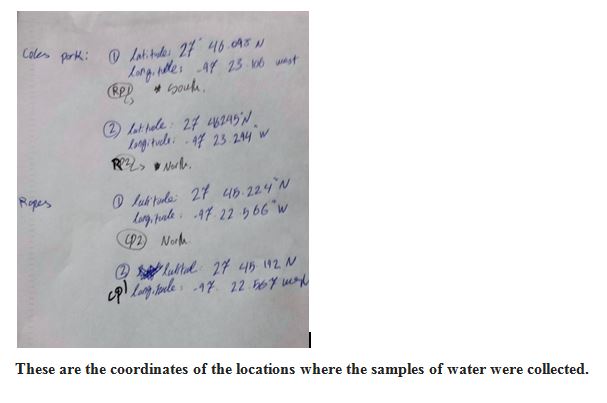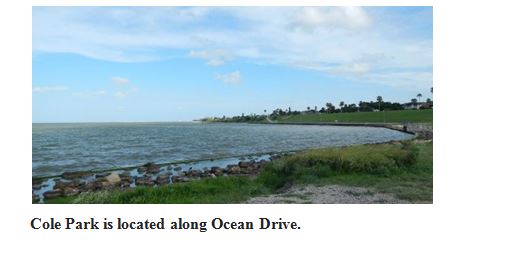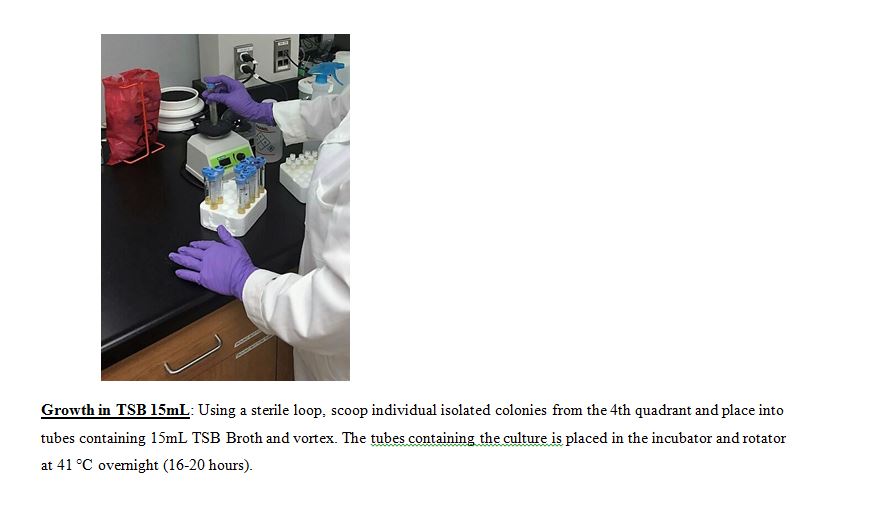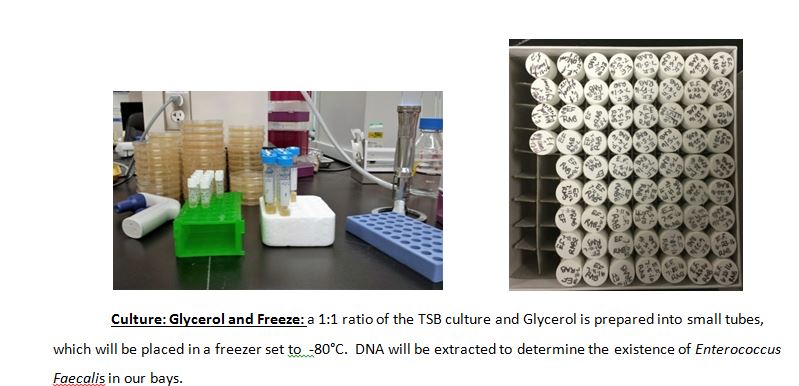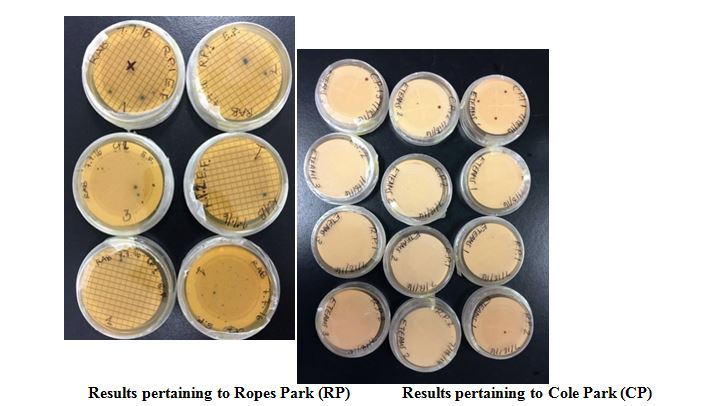Enterococci are commonly found in the intestines of humans, and are used as an indicator of faecal pollution and gastrointestinal pathogens in water being tested. Swimming in recreational fresh or marine water with a large amount of Enterococci is known to be directly related to the risk of gastrointestinal illness.
Indicator Organism |
Indicator |
Common matrices to be tested |
Enterococci |
Fecal pollution and the possible presence of enteric pathogens |
– Marine water– Beach water– Fresh water |
Author(s)
Martha Buendia
Introduction
As a member of the Elementary Teachers Engaged in Authentic Math and Science (ETEAMS), I had the opportunity to work with other teachers in a summer research at a microbiology lab at the university of Corpus Christi, TX, TAMUCC. The purpose of the research was to isolate Enterococcus Faecalis,(E.F.), from samples of water of our bay area, two samples pertaining to Cole Park and two samples pertaining to Ropes Park, both located along Ocean Drive in Corpus Christi, TX. After the bacteria isolation, DNA would be extracted to determine if the E.F. is the result of leaking sewer lines or animal feces. Determining the origins/causes of the existence of E.F. in the sample waters would be an important contribution in the field of science to increase awareness to the city representatives and community to develop and implement a plan to take an action to decrease marine water contamination along these recreational parks.
Methods & Procedures
Some questions that I had during the process of this research were: Why is the research focused in Enterococcus Faecalis (E.F.) bacteria and not other bacteria? Why were Cole Park and Ropes Park were selected as the sites to collect water samples? Would there be any other bacteria that should also be a concern to this summer research? To what extent (in regards of number of E.F. colonies) is the presence of this bacteria in our water bays considered an indicator of health risk? Knowing the causes of E.F. existence in the sampling locations is important for middle school students to understand the various factors that pollute the environment in particular marine water of common sites visited by the citizens in their community.
As in any lab, safety is first, and any individual involved in this research must know, observe, and follow the normal safety procedures required in a microbiology laboratory while preparing, using, and disposing of cultures, reagents, and materials, and while operating sterilization equipment.
The method provides a direct count of bacteria in water based on the development of colonies on the surface of the membrane filter. A water sample is filtered through the membrane which retains the bacteria. Following filtration, the membrane containing the bacteria cells is placed on a selective medium, mEI agar, and incubated for 24 hours at 41 ͦ C. In this method, enterococci are those bacteria which produce colonies with a blue halo after incubation on mEI agar. All colonies with blue halo are recorded as enterococci colonies. Magnification and a small fluorescent lamp are used for counting to give maximum visibility of colonies. As a reference, mEI Agar is a selective culture medium recommended for use in the chromogenic detection and enumeration of enterococci in water by the single-step membrane filtration technique.
After counting the E.F. colonies, each colony will be streaked and transferred individually from the mEI agar onto the brain heart infusion (BHI) media, which will be incubated for 24 hours at 41 ͦ C. The following day, isolated colonies will be transfer into Tryptic Soy Broth, (TSB) broth and vortex. The broth containing the each E.F. colonies will be placed in a incubator and rotator at 41 °C overnight (16-20 hours). Thereafter, a 1:1 ratio of the TSB culture and glycerol will be prepared into small tubes, which will be placed in a freezer set to -80°C. ***The glycerol will allow the bacteria to survive even though being frozen. The final step of the protocol is to extract DNA from the TSB/glycerol mix to assure the existence of Enterococcus Faecalis in the sites where the samples were collected.
For detailed methods and procedure, see the following link: Sampling Methods

